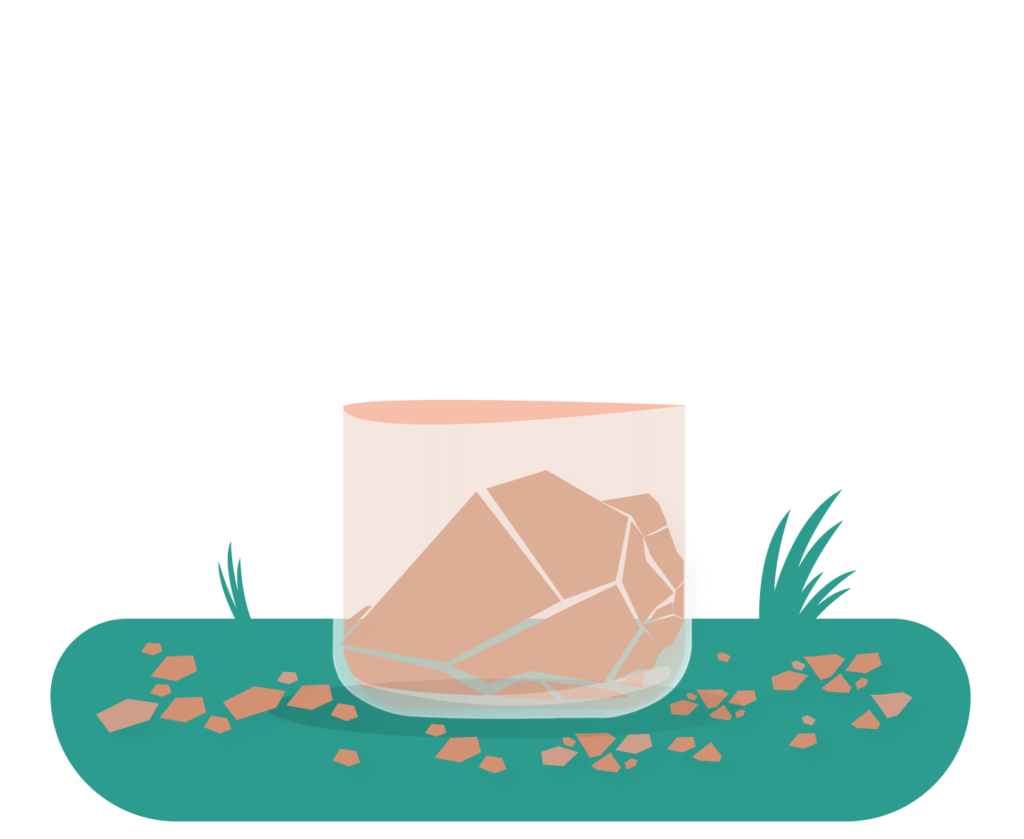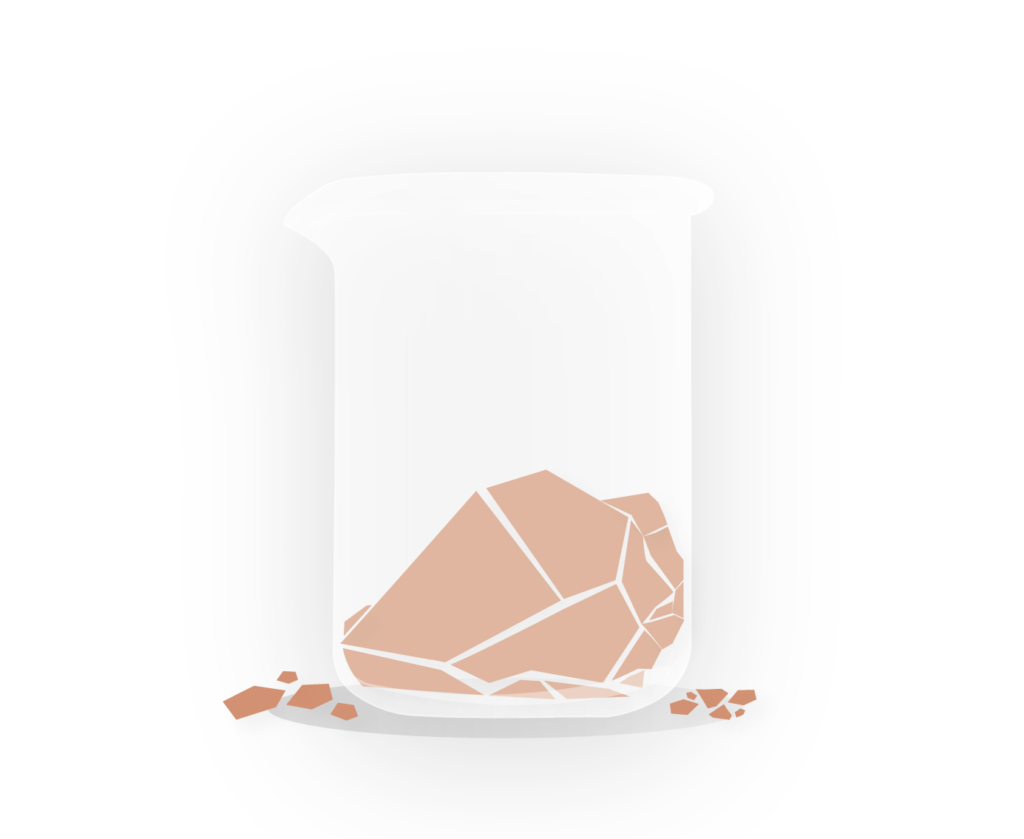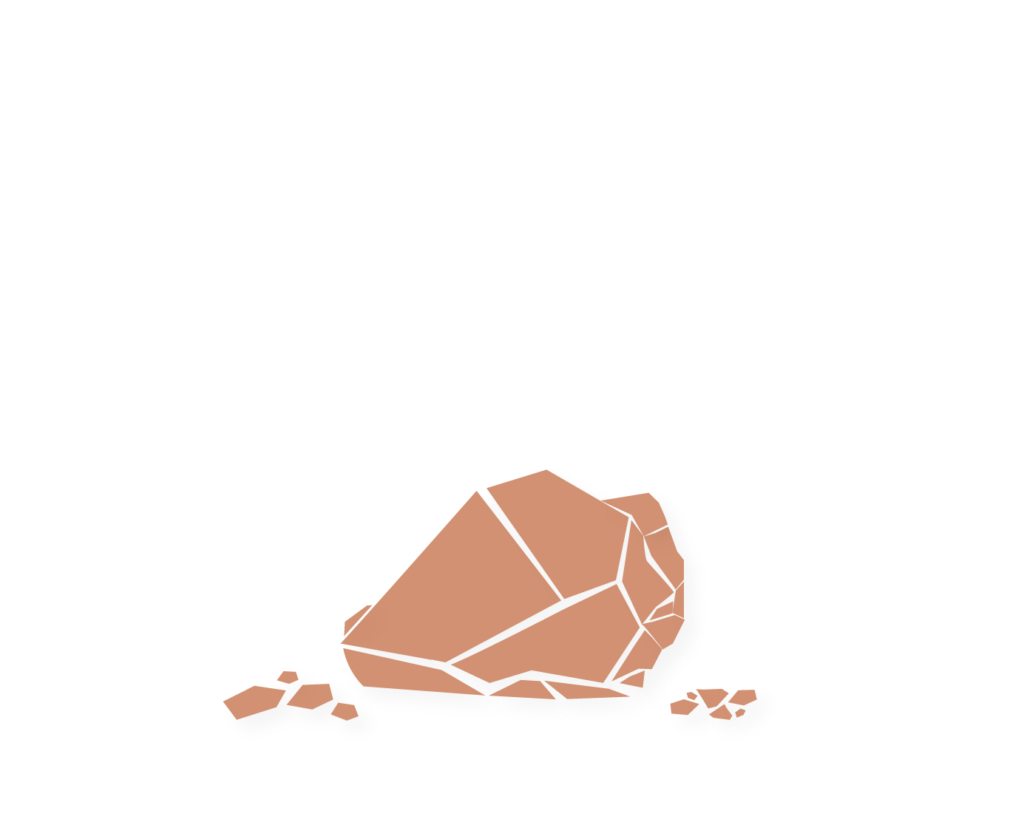Contact
- Call us: 210 5577-537
- Sent us: info@arallab.gr
- Agios Ioannis, Stefani
- Aspropirgos, Attica, 19300




The first step for the overall image of any crop is soil analysis. It is important because
it gives all the necessary information about the available nutrients that exist in the soil
and it’s an indicator for the quality of the soil and the needs for soil improvement
depending on the crop.
The standard soil analysis includes:
The standard leaf analysis includes:
Nitrogen (N), Phosphorus (P), Potassium (K), Calcium (Ca), Magnesium (Mg), Iron (Fe), Copper (Cu), Manganese (Mn), Zinc (Zn), Borum (B)

For lead analysis, healthy middle-aged leaves are cut, 50 in total per 3 acres. Avoid
collecting leaves when they are freshly fertilized and when the plants are in adverse
conditions. Wrap the leaves you have collected in paper (e.g. newspaper, kitchen
paper) and send them as soon as possible for analysis.
MADE WITH ❤ BY AK DESIGN